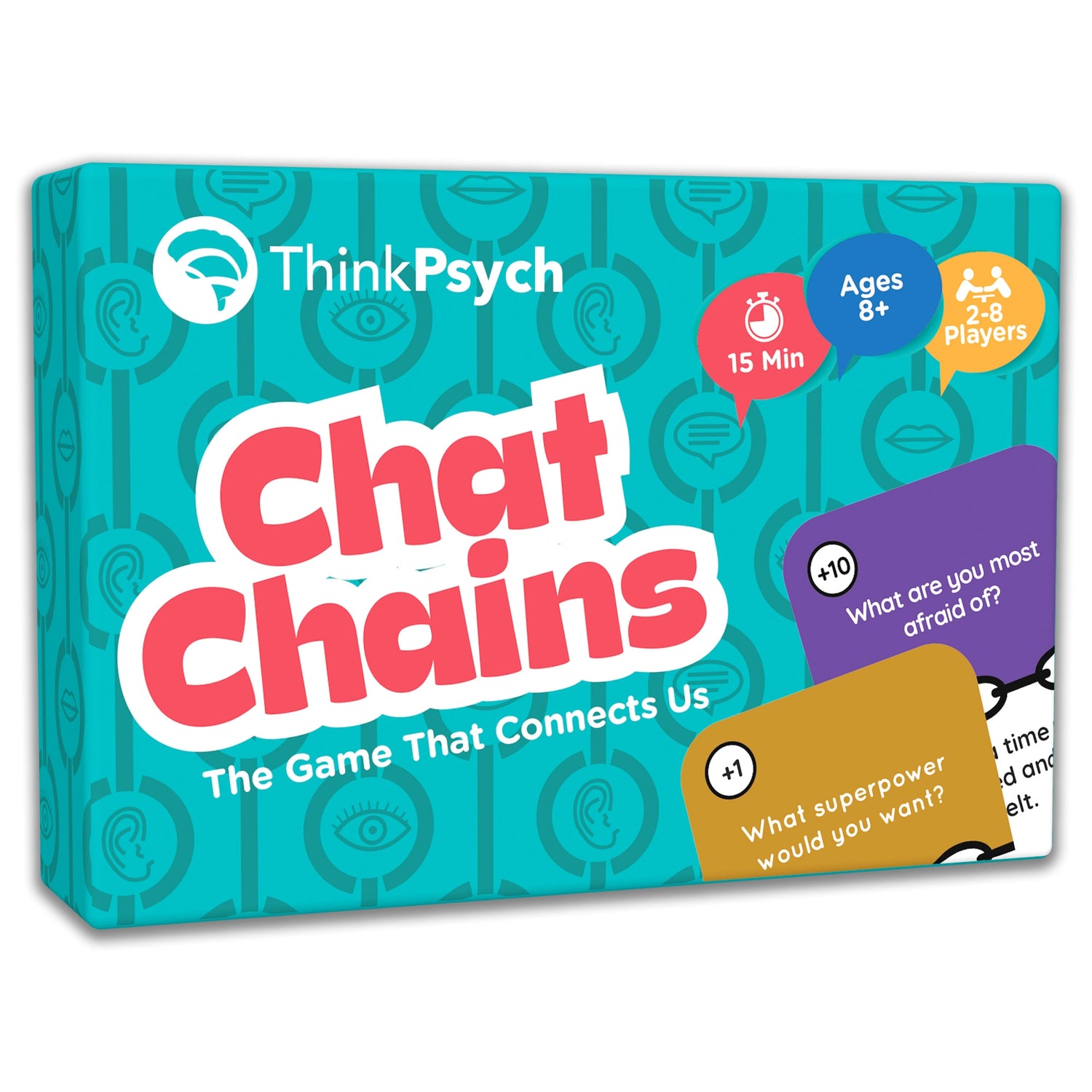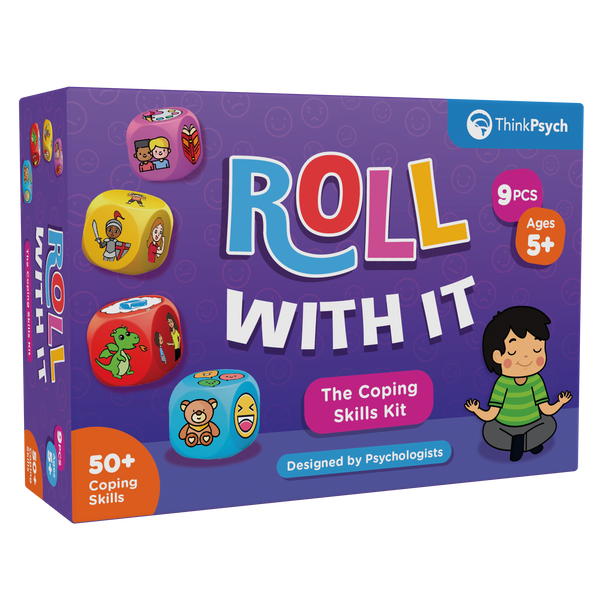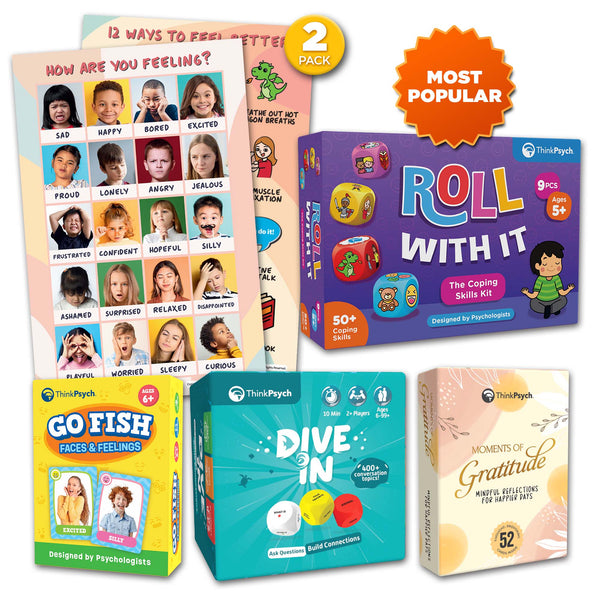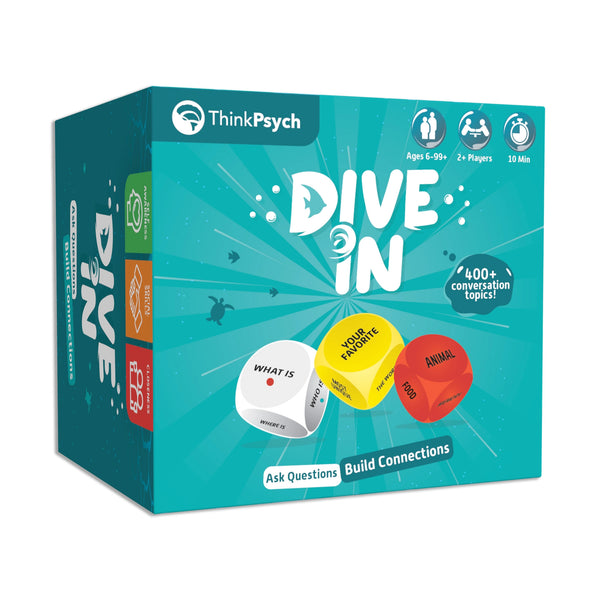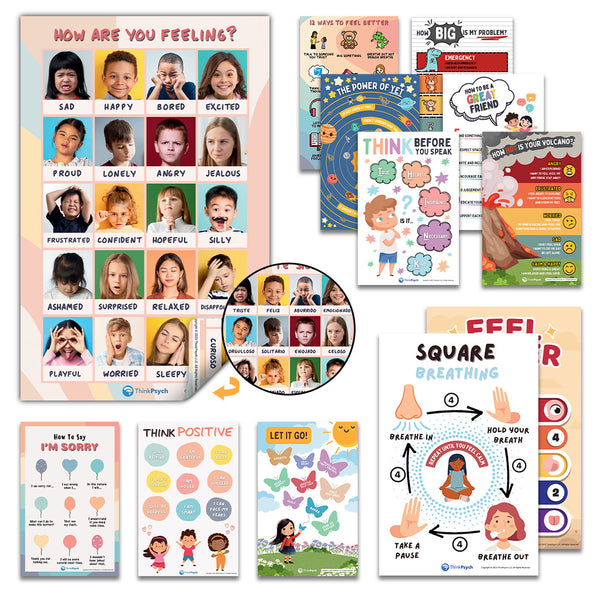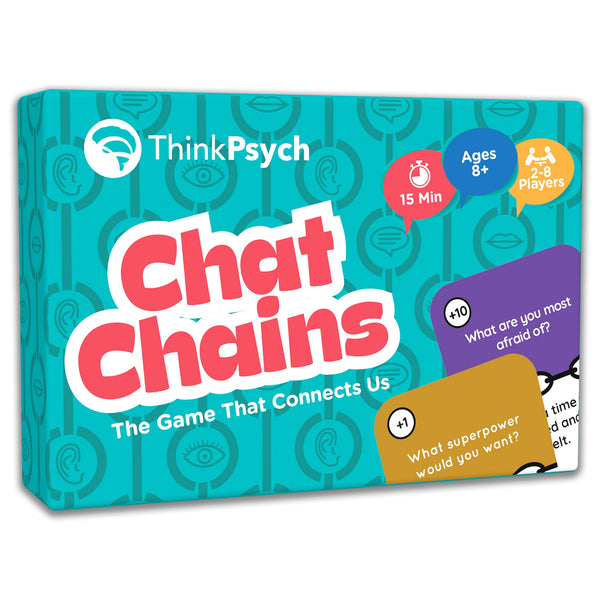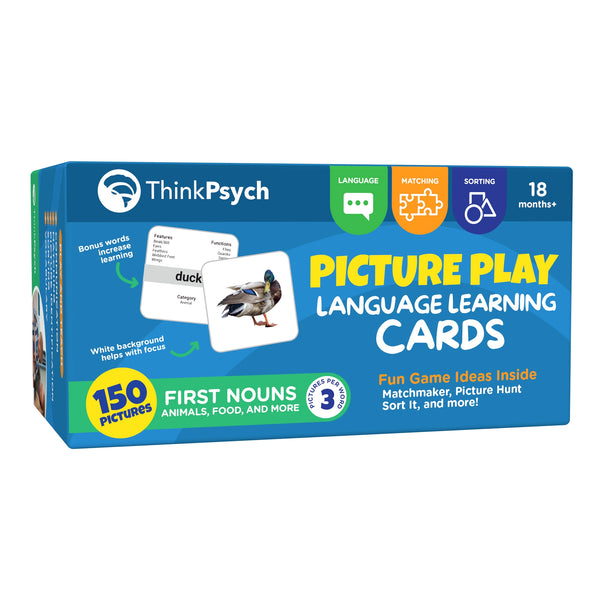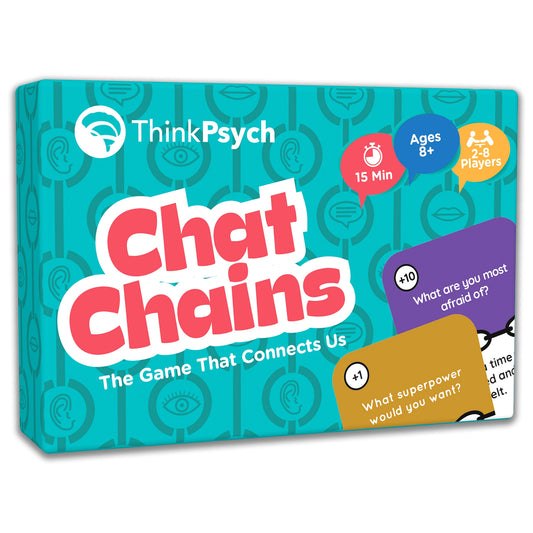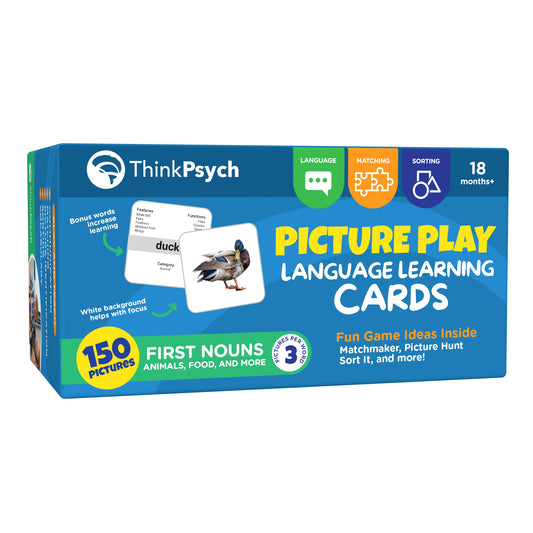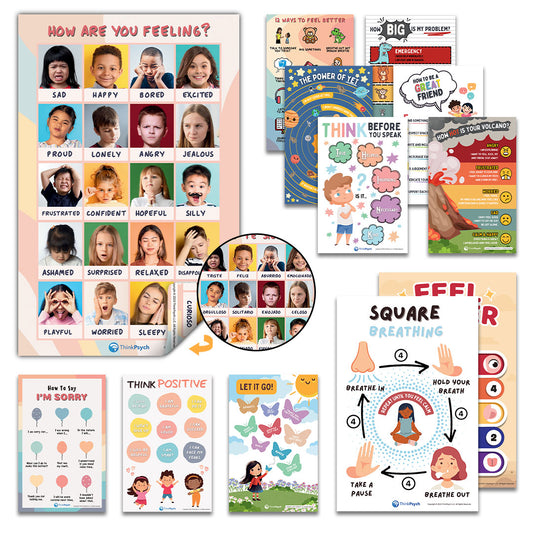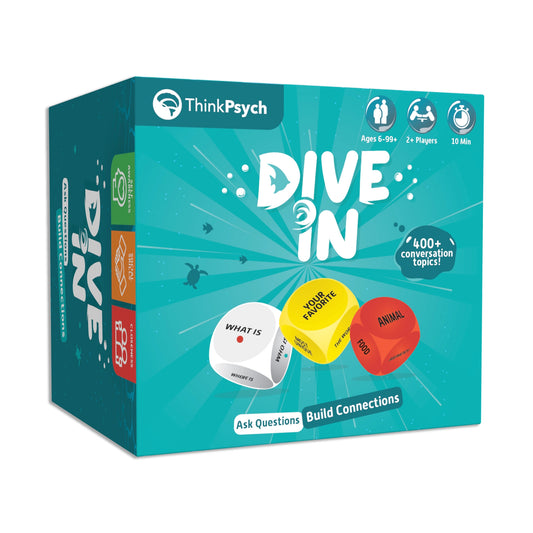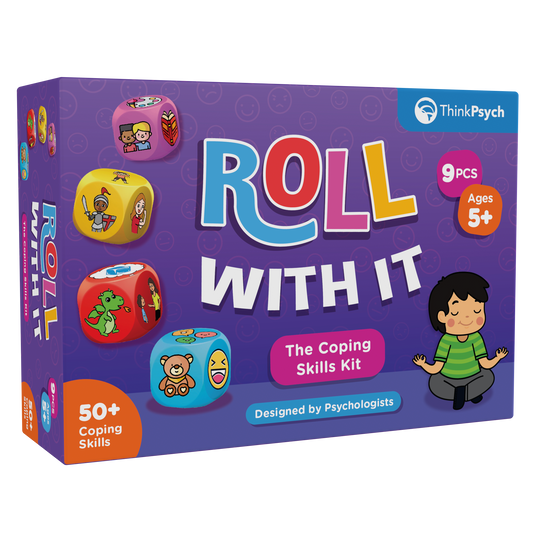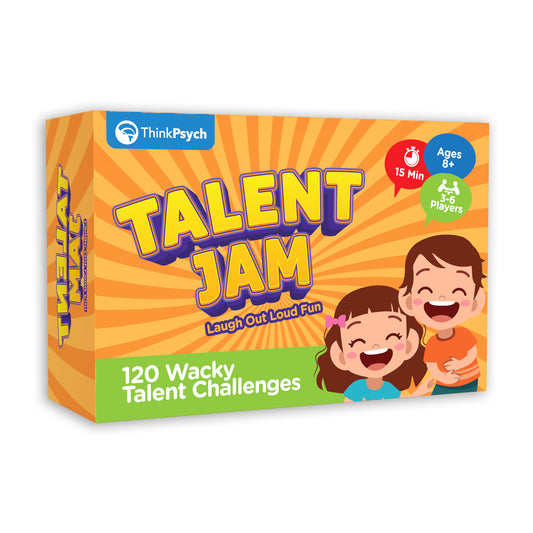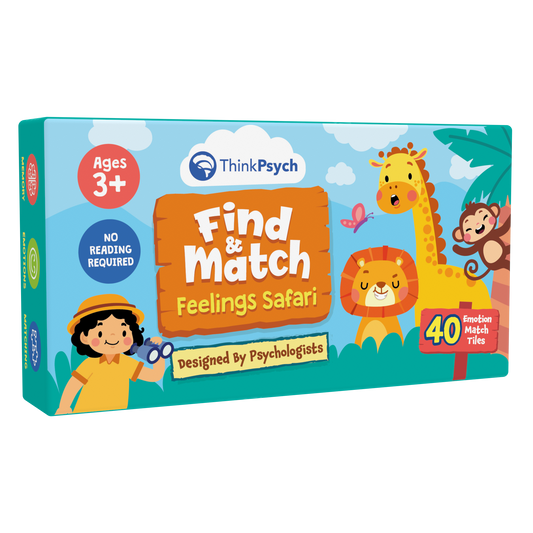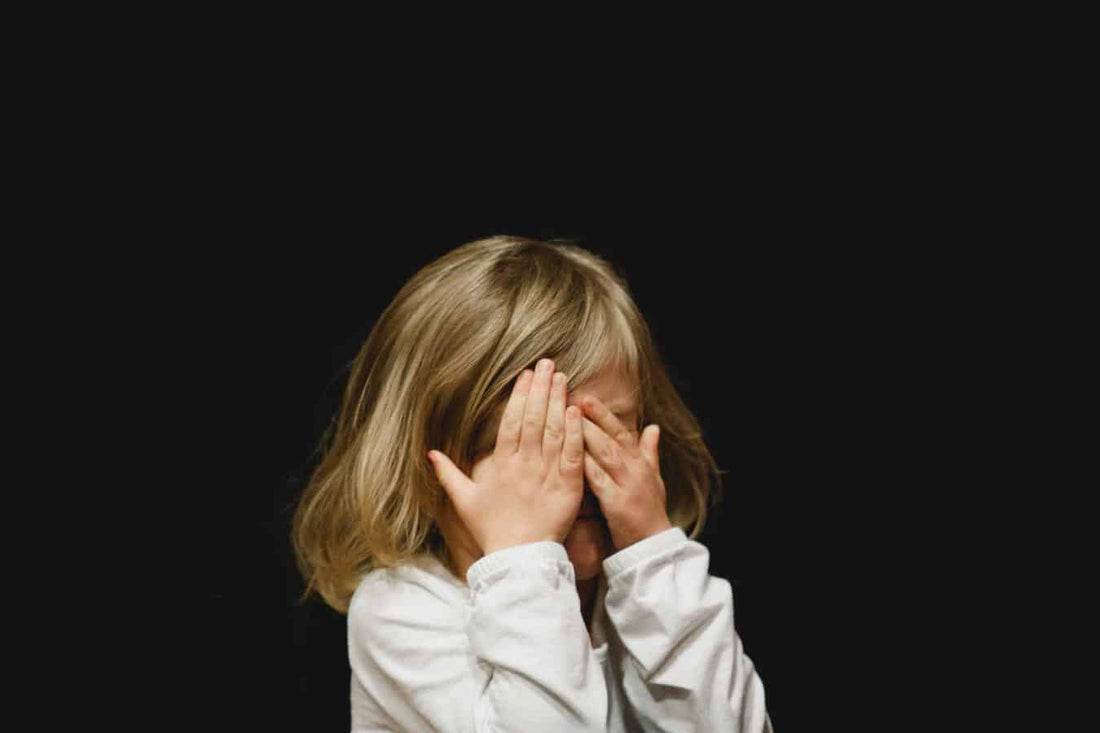
How to Deal With Child Anxiety Attacks
Share
Anxiety is a common disorder in America and especially among children. According to the Centers for Disease Control and Prevention (CDC), 7.1% of children between ages 3 and 17 have been diagnosed with the condition. With about 4.4 million children nationwide meeting criteria for an anxiety disorder, it’s more common than some people think . Fortunately, if you’re a parent struggling with how to deal with child anxiety attacks, there are ways you can help.
Acknowledge Child Anxiety
It’s not always easy to understand where your child is coming from when they’re experiencing anxiety. But, even if you don’t understand, it doesn’t mean that you should brush it aside. Like you would with any other emotion, it’s important to listen to your child and acknowledge the emotion. A social-emotional learning game like Chat Chains can help them feel comfortable expressing their anxiety.
Determine the Cause
Getting to the bottom of your child’s anxiety requires a little exploration. When child anxiety symptoms flare up, pose a few questions to get at the issue. For example, if they’re doing math homework and are saying “I can’t do it,” ask them why they feel that way. Once you understand where their anxiety may be coming from, you can work towards a solution.
Challenge Negative Self-Talk
If your child is engaging in negative self-talk, helping them develop different thoughts patterns is the key to changing the behavior. Try asking them, “What would you say to your friend who said that about themselves?” In all likelihood, they will say something like “It’s not true.” Once they approach the problem logically, it can help them nurture emotional intelligence and develop empathy for themselves.
Teach Coping Techniques
In moments when anxiety arises, it can be helpful for your child to have some ways to cope. Deep breathing can help, while exercises that utilize their imagination are also beneficial. For example, have them pretend they’re blowing bubbles. Remind them to blow softly so they don’t burst the bubble as this can remind them to exhale slowly. Playing a game or outdoor exercise can also help them deal with child anxiety symptoms and get their mind off the issue.
Face the Fear
Avoiding fearful situations may seem like an effective solution in the short term. However, helping children with their anxiety is not about removing and remedying every situation that may prove difficult. Instead, help your child develop coping skills so they will have the confidence to cope with daily life while still relying on you for support. Whether they’re afraid of the dark or of making new friends, encourage them to take small steps. This way, they will be able to overcome their fears so they don’t become insurmountable over time.
Shop ThinkPsych Products
If you’re in a situation where child anxiety is getting worse, it may be a good idea to consult your pediatrician. It’s possible your child may require more in-depth assistance to get the help that they need. Fortunately for most children, having some basic tools to cope with their anxiety can help them face their fears step by step. Be sure to share your experiences with other parents if you and your child have dealt with anxiety issues.
References
Child Mind Institute. What to Do (and Not Do) When Children Are Anxious. https://childmind.org/article/what-to-do-and-not-do-when-children-are-anxious/
Verywell Family. (2021, January 8). 8 Strategies to Help an Anxious Child. https://www.verywellfamily.com/strategies-to-help-an-anxious-child-4177327
Centers for Disease Control and Prevention. (2021, March 22). Anxiety and depression in children: Get the facts. https://www.cdc.gov/childrensmentalhealth/features/anxiety-depression-children.html
